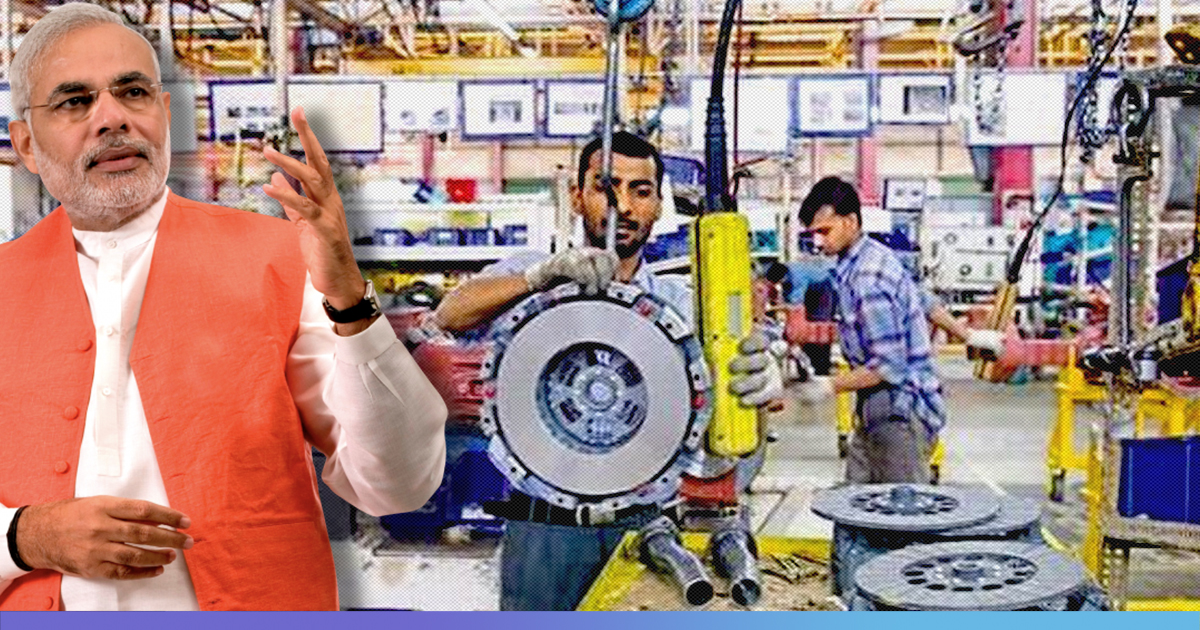The new Gross domestic product (GDP) series introduced in 2015 has been garnering controversy ever since it got introduced. Numerous questions were raised about the accuracy of the GDP numbers and doubts were raised on whether the Indian government statistics were telling the full story?
The recent National Sample Survey Office (NSSO) report has fuelled these doubts and suspicions and has taken the concerns related to India’s GDP numbers to a new height. A study conducted by the NSSO between June 2016 and June 2017 which got released last week presented the disappointing picture of how there was a serious problem with the GDP calculation.
The report which was released last week states that as much as 38% of companies that are part of MCA-21 database of companies and are used in India’s GDP calculations could not be traced or were wrongly classified. The report also states that 16.4% of the firms listed in the MCA-21 frame either could not be traced or were found to be closed. Another 21.4% were found “out of coverage”, suggesting that they were no longer operating as service sector firms though they had registered—and were being captured in national accounts—as such, reports The Live Mint.
The results were so depressing that the two major reports based on the survey had to be scrapped. The disputable figures refer to the MCA-21 database of companies of the Ministry of Corporate Affairs. These companies were deemed as ‘active companies’ by the ministry which includes any company that has filed returns at least once in the past three years on its list of active firms.
The Mint reports that according to the current methodology, if a company does not report data in a particular year, the Central Statistics Office (CSO) relies on a “blow-up” technique that uses the paid-up capital (PUC) at the time of setting up of the company as the basis for computation of Gross value added (GVA) by that company. This leads to an overestimation of economic activity as it does not show the actual production of goods and services and also takes into account fictitious firms.
It is said that the database included various shell firms that prevailed only on paper. Critics demanded that the MCA-21 data to be released to researchers and the public so that the unit-level data could be examined, as reported by The Mint.
According to R. Nagaraj, a professor at the Indira Gandhi Institute of Development Research in Mumbai, “This is a disastrous blow for CSO. Some of us had asked CSO officials to verify the MCA-21 numbers before using them in national accounts, but they finalized the new series without enough scrutiny and debate.” Even at the time when this new GDP series was launched in the national accounts calculations, numerous economists had raised questions on this issue and Professor R. Nagaraj was the first one to raise red flags on it.
Another professor at Cornell University and former chief economist of the World Bank, Kaushik Basu took to Twitter to share his opinion on this.

As soon as this shocking revelation was made by the NSSO report, many politicians took to Twitter and shared their views about it.

Prashant Bhushan, a public interest lawyer, and activist also tweeted about it.

Various economists told that they were shocked when the Indian government upwardly revised GDP growth for 2016-17 to 8.2% from 6.7%, even though the business and jobs got a major hit in that financial year due to the demonetization of high-value notes.
According to Statisticians, the use of the untested database in India’s national accounts raises doubts related to the decline of the Central Statistics Office (CSO), an institution which was regarded as a prominent institution in the world and the reliability of India’s official statistics.
Last year in December, the government restrained the release of jobs data, however, an official report leaked to an Indian newspaper showed that the unemployment rate had touched its highest level in 45 years, reports Reuters.
The NSSO report shows that the credibility of India’s data has taken a major hit and if the right measures will not be taken, it can harm our country’s data credibility forever.
Also Read: My Opinion: Manipulating & Suppressing Of Data Is Decaying The Foundation Of India’s Economy












